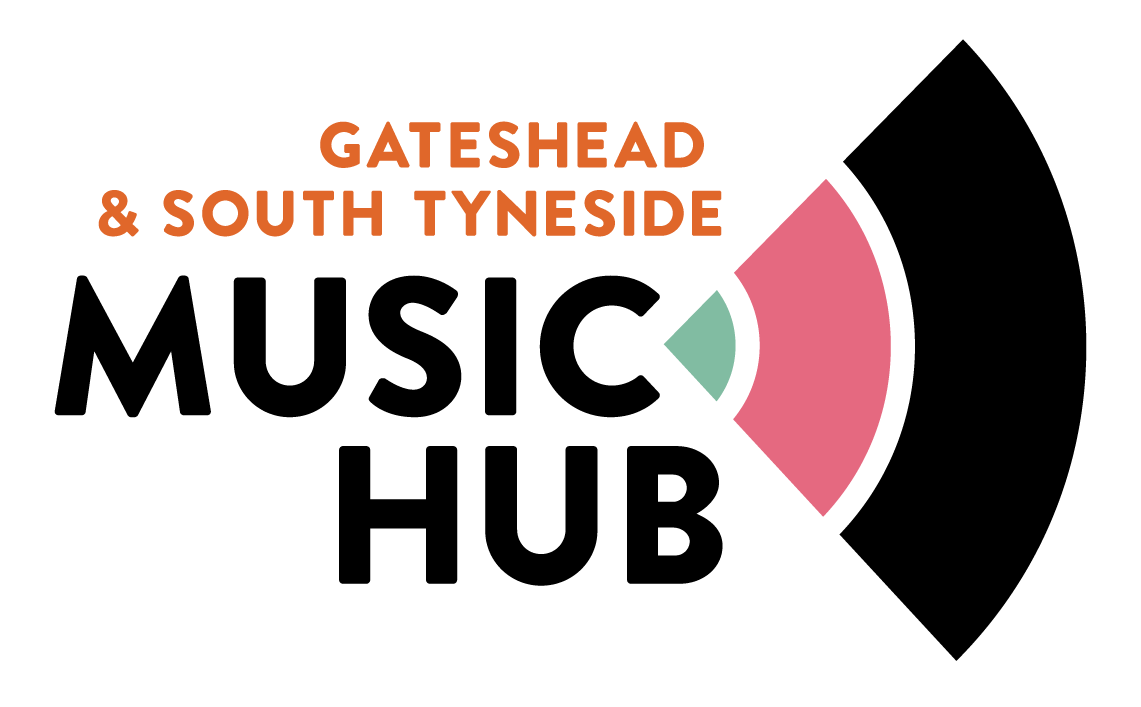Sarah Fisher
Percussionist
Pianist
Community Musician
Watch Sarah’s Interview
Sarah Fisher is a percussionist and pianist based in Gateshead. Sarah is a performer and a skilled community musician, working across the country in a variety of settings, with people of all ages and abilities.
Having studied Community Music at undergraduate level through Sunderland University, Sarah went on to complete her Masters with The International Centre of Community Music at York St John University.
Sarah has performed at numerous events and places around the country, including being a member of the Pandemonium Drummers at the London 2012 Olympic Opening Ceremony and a drummer at the UEFA Championship Final 2013 at Wembley.
Sarah has Cerebral Palsy and a hyperkinetic movement disorder which affects her left side and speech. In 2017, Sarah received funding from Unlimited, in partnership with Sage Gateshead, and developed her own show - 'TWITCH’ - which combined music, disability and humour to showcase her developing artistic identity as a musician with a disability.
Sarah is a regular presenter and keynote speaker at various conferences annually around the topic of Community Music, Disability, and Inclusion.
Activities
Watch Sarah’s interview:
Sarah said this about her music:
“I’m a percussionist and pianist and I work as a community musician. Some musicians write lyrics to describe their feelings, I however, predominantly use music without words. I create my own music to express certain emotions and events that have happened in my life.
If I’m annoyed, I may play the drums to let out my stresses, or if I’m sad I may play some slow piano. Throughout my life I have had some challenging times as I have a disability. I have had to have various appointments with doctors and specialists, tests, operations, throughout all my life. To deal with all the emotions that come with this, I put my thoughts and feelings into creating and composing my own musical pieces. My compositions have a specific meaning to me, however when someone else listens to it, it may convey a different emotion or thought.”
Part 1:
These listening activities were devised by Sarah to explore how music can make us feel and how we can use music to express our feelings too. In Sarah’s interview she describes what was happening in her life at the time she wrote ‘Footsteps’. Listen to the piece ‘Footsteps’ above…
What sort of feelings or emotions do you think she is expressing through the music?
Part 2:
Listen to the following music extracts; how do they make you feel? Can you attach an emotion to them? Do your answers relate to Sarah’s below?
Kate Rusby - Underneath the Stars
“Calming”Ed Sheeran - Galway Girl
“Happy and up for a good time, ready to go out with friends”Fisherman’s Friends - Strike the Bell
“Funny - cheers me up”Taylor Swift - The Best Day
“Happy, ready to tackle the day. Reminds me of time with family and friends.”London Grammar - Hey Now
“Chill out”
Part 3:
What music or song do you listen to, to achieve the desired affects listed below?
Are any of your choices similar to any of Sarah’s suggestions?
To cheer you up?
Bob Marley - Three Little BirdsTo feel happy?
Kate Rusby - High on a HillTo calm you down?
Cousin Jack - Show of HandsTo dance to?
The Dubliners - I’ll Tell My MaIf you’re feeling lonely?
Bill Withers - Lean on MeTo help you to focus?
Ludovico Einauldi - Nuvole Bianche
Part 4:
Chords are made up of more than one musical note. Usually the most common chords are made using three notes.
Listen to these notes; F, A, C,
What emoji could you draw to describe how this chord makes you feel?
What about with the notes E, G, B?
What emoji could you draw to describe how this chord makes you feel?
Can you find three notes to make a chord, and draw an emoji to describe what they make you feel?
Part 5:
Anti-bullying is a big part of Sarah’s teaching work, because of her own experiences growing up. This exercise uses words, phrases or sentences to produce related rhythm patterns. For example, you could clap the rhythm of ‘coca-cola’.
We’re going to use words/messages associated with positive values in schools. What values are important to you and your school? For example: ‘Be Kind’, ‘Listen to your peers’, ‘Anti-Bullying’.
Can you create a rhythm that matches these values?
e.g. ‘Being Kind’:
BE - ING - KIND = STAMP - STAMP - CLAP
Think of your own words or phrase and how it would become a rhythm.
Can you teach your rhythm and share your sentence to someone else?
Part 6:
Sarah’s music is a bit like a diary of her life, with each composition mapping out her journey. This activity is a composition task to help introduce this concept.
We hear sounds all around us in our daily lives, some make us feel certain ways too. If you were to create sounds that matched your daily routine, what might that sound like? For example: When you get out of bed, do you have an alarm that wakes you up? What about the sounds of brushing your teeth or eating your breakfast? How do you get to school and what do you hear on your way?
What instrument(s) could you use to signify those sounds?
What feelings relate to those activities? Can you find chords that represent your feelings?
Using these ideas, can you create a diary of your day using musical instruments?
It might be a chord progression; it might be percussive sounds to create a soundscape, or a mixture of both. The music might represent your feelings at each stage, or could just be a sequence of sound effects or equivalent. See how using different sounds or chords can help represent the story you are trying to compose.


